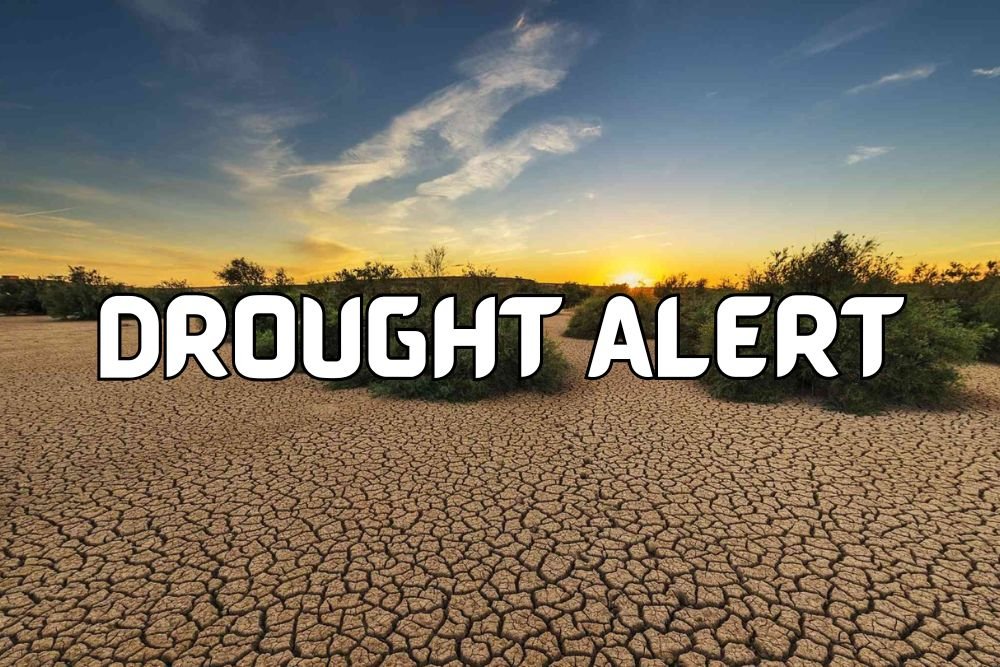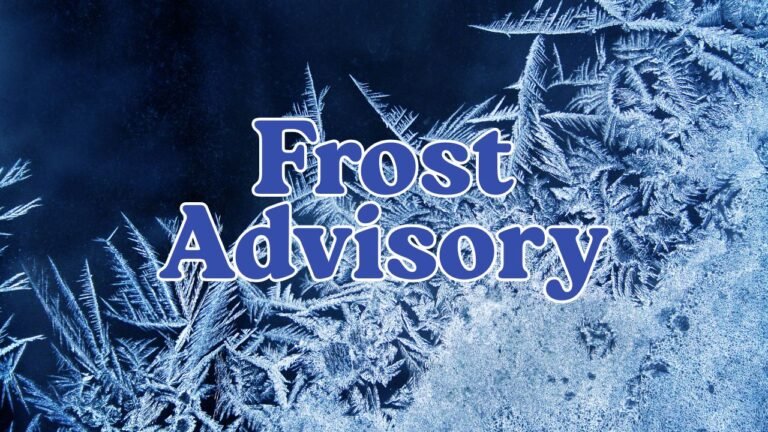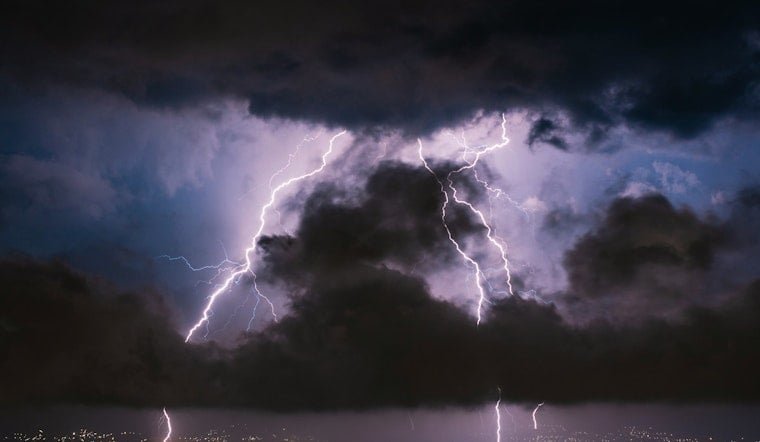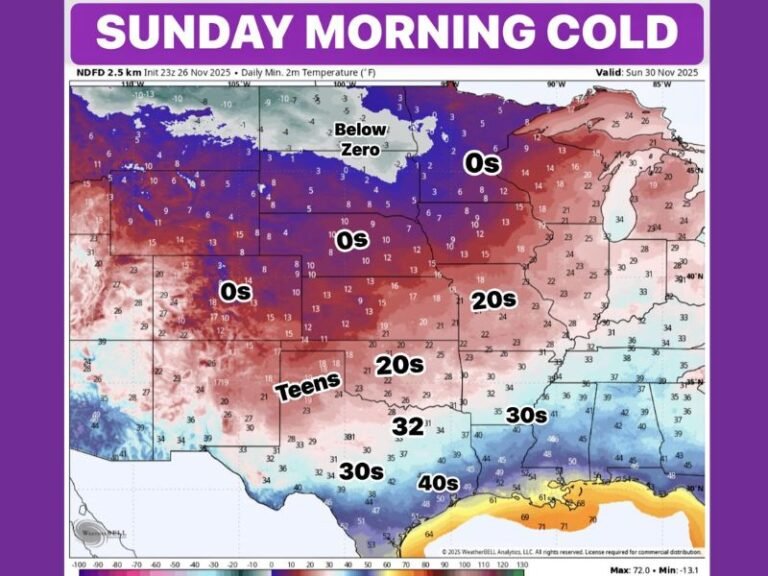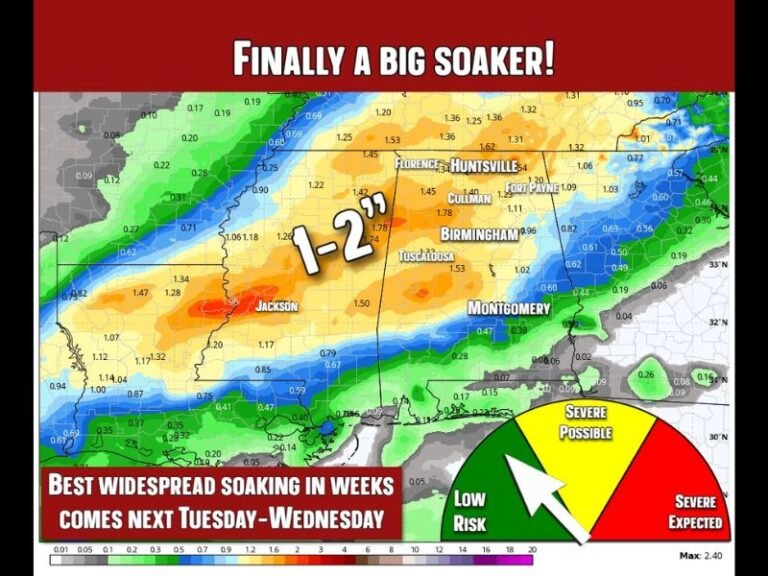North Carolina Drought Expands to 24% of State as Eastern Counties Miss Rainfall
RALEIGH, NORTH CAROLINA — Drought conditions are worsening across North Carolina this week, with nearly a quarter of the state now classified under moderate drought, according to the latest update from the U.S. Drought Monitor and the North Carolina Drought Management Advisory Council.
Drought Reaches 24% of State
Moderate drought (D1) now covers 24% of North Carolina, while more than half the state remains “abnormally dry.” Officials say the most severe impacts are concentrated in eastern counties, where rainfall deficits have persisted for weeks.
Crops and Groundwater Under Stress
Counties such as Pitt, Bladen, and Brunswick have missed critical rainfall needed for late-season crops. In Pitt County, groundwater levels have dropped below seasonal norms. In Bladen County, agricultural officials warn that stress on cotton, peanuts, and soybeans could reduce yields during harvest.
Localized rain did provide temporary relief in the Foothills, where the W. Kerr Scott Reservoir rose half a foot after nearly four inches of rain. But eastern regions missed out when Hurricane Idalia turned away from landfall, bypassing what could have been a key replenishment event.
Growing Concerns for Fire Risk
Officials say that some central and eastern counties have now gone six weeks or more without significant rainfall, raising concerns for low streamflow, dry soil conditions, and elevated wildfire danger.
The National Weather Service forecasts additional rain this weekend into early next week, with a stronger chance of showers by Wednesday as a cold front approaches. Still, experts caution that a few scattered showers will not be enough to reverse ongoing drought conditions.
Conservation Urged
State leaders are urging residents to conserve water wherever possible and to remain alert to agricultural and wildfire impacts as dry conditions persist across much of North Carolina.
Do you believe North Carolina should adopt stricter water restrictions during drought periods, or should conservation remain voluntary? Share your views and join the conversation at SaludaStandard-Sentinel.com.

